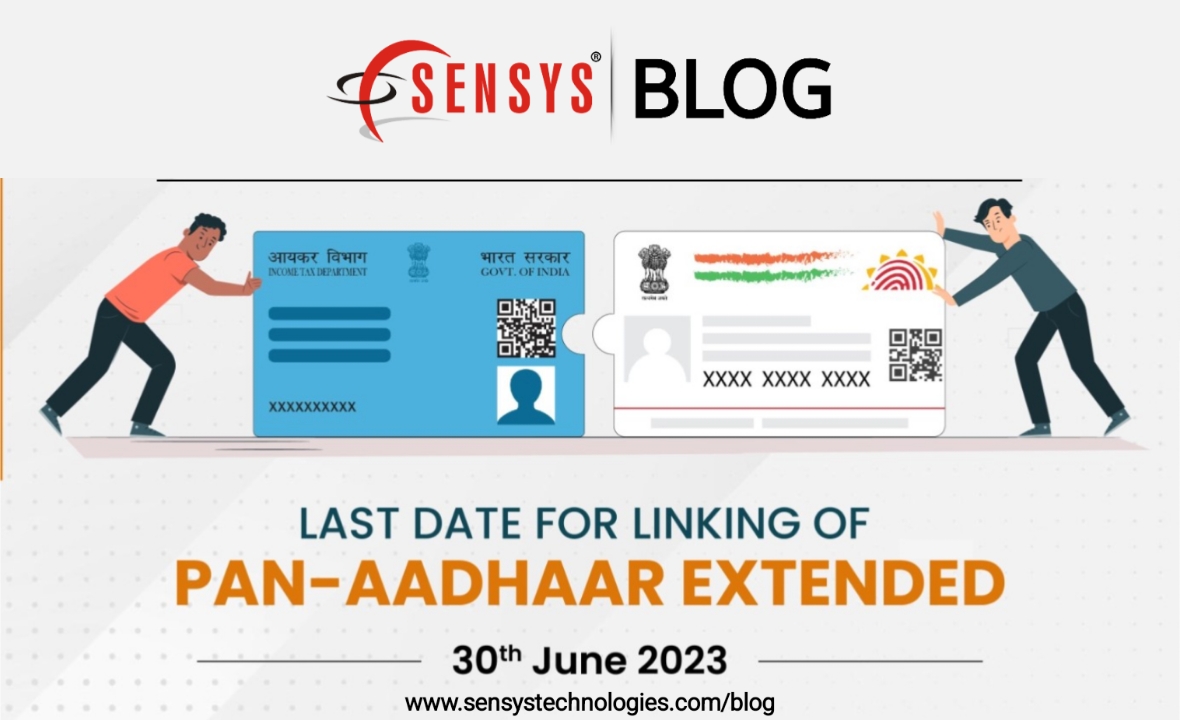
Performance management is essential to HR management, but many organizations need help with effective performance management. Fortunately, HRMS software can help mitigate these issues, providing a more streamlined and efficient approach to managing employee performance. Here are five common performance management problems that can be solved with the help of HRMS software.
1. Inefficient and Inaccurate Performance Reviews Many organizations need help conducting performance reviews, which can be time-consuming and prone to errors. However, HRMS software can simplify the process by automating the performance review process, from scheduling to feedback collection and even generating performance reports.
2. Lack of Clarity in Performance Goals Setting clear and measurable performance goals is crucial for employee motivation and productivity. HRMS software can assist in defining performance goals that are specific, measurable, achievable, relevant, and time-bound (SMART).
3. Inadequate Feedback and Coaching Effective performance management involve providing timely and constructive feedback and coaching to employees. However, managers often need help to provide regular feedback and coaching due to time constraints.
4. Inconsistent Performance Evaluation Criteria Inconsistency in evaluating employee performance can lead to a lack of trust among employees and result in potential legal issues. HRMS software can provide a standardized framework for evaluating employee performance, ensuring consistency and fairness in performance evaluations.
5. Limited Access to Performance Data In many organizations, performance data is spread across multiple systems and platforms, making it difficult to access and analyze. HRMS software can provide a centralized platform for storing and analyzing performance data, enabling HR managers and executives to access real-time performance reports and data analytics.
Why Is Performance Management Important
Performance management is critical for the success of any organization. It helps managers to set clear goals and expectations for their employees, monitor their performance, and provide feedback and coaching to improve their performance. It also helps identify areas of strength and opportunities for development, which can lead to better job satisfaction and engagement. Performance management encourages communication, accountability, and transparency, essential for effective teamwork and collaboration. It also enables organizations to measure the success of their strategic objectives and make data-driven decisions to improve the performance of their workforce.
One essential component of performance management is employee data management software. This software allows organizations to collect, store, and analyze performance-related data, making monitoring performance over time and identifying patterns and trends more accessible. With employee data management software, managers can quickly access individual and team performance information, identify areas of strength and weakness, and make data-driven decisions about training, coaching, and other performance improvement initiatives.
What Are the Most Common Performance Management Problems that Managers Deal with on the Job
Effective performance management is essential for the success of any organization, but managers often face common challenges when managing employee performance. These problems can include a lack of clear and measurable goals and expectations, inconsistent performance evaluations and ratings, ineffective feedback and coaching, failure to address poor performance and behaviour, and limited opportunities for growth and development. These issues can lead to disengagement, low morale, and reduced productivity. Effective performance management is critical to overcoming these challenges and achieving the desired outcomes. It requires managers to communicate clearly with their employees, provide timely and specific feedback, and create opportunities for growth and development, among other strategies.
How Can You Solve The Problems
One solution to these performance management problems is using performance management software. Such software automates performance management, enabling organizations to set and track goals, provide regular feedback, and measure employee performance more accurately. By automating these processes, performance management software can help ensure that the performance management process is consistent and transparent, improving employee morale and increasing productivity.
Moreover, performance management software can provide managers and employees with real-time performance data that can be used to identify trends and patterns and to track progress toward goals. This can help identify and address performance gaps early on, allowing for more targeted interventions to improve employee performance.
Frequently Asked Questions
Q1. Why is Hr management Software Important?
A. HR software is important because it allows HR teams to streamline and automate many day-to-day tasks and processes, such as managing employee records, tracking time and attendance, and processing payroll. This saves time, reduces administrative burden, and allows HR to collect and analyze data more effectively.
Q2. How Does Performance Management Software Make the Process Smooth?
A. Performance management software can make the performance management process more smooth by automating many steps, such as setting goals, providing feedback, and tracking progress. This can save time and reduce administrative burden while providing a centralized performance data and feedback platform.
Q3. How Easy is it to Setup Performance Management Software?
A. The ease of setting up performance management software will depend on the specific software chosen and the level of customization required. However, many performance management software tools are designed to be user-friendly and intuitive, with straightforward setup processes.
Software Solutions Available on:
TDS | PAYROLL | WEB PAYROLL | WEB HRMS | XBRL | FIXED ASSET |INCOME TAX| SERVICE TAX | DIGITAL SIGNATURE | ATTENDANCE MACHINE & CCTV | DATA BACKUP SOFTWARE | PDF SIGNER
Sensys Technologies Pvt. Ltd.
HO: 904, 905 & 906, Corporate Annexe, Sonawala Road, Goregaon East, Mumbai- 400 063.
Tel.: 022-6820 6100| Call: 09769468105 / 09867307971
Email: sales@sensysindia.com | Website: http://www.sensysindia.com
Branches: Delhi & NCR | Pune | Bangalore | Hyderabad | Ahmedabad | Chennai | Kolkata























